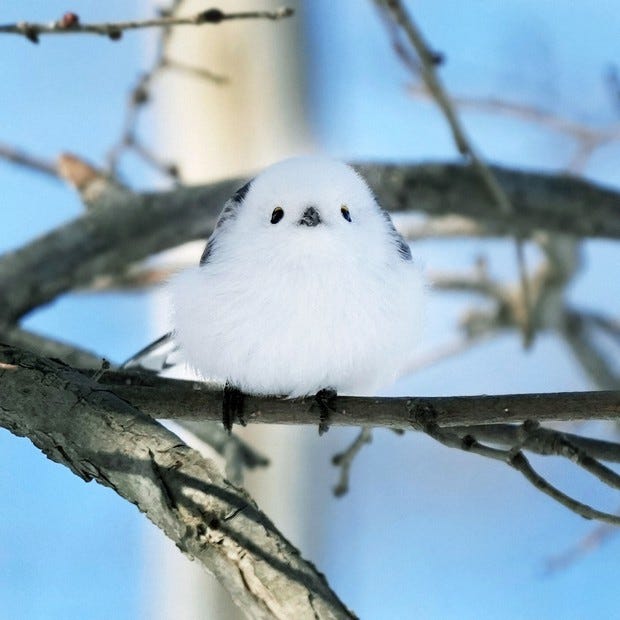後徳大寺左大臣(81番) 『千載集』夏・161
ほととぎす 鳴きつる方を 眺むれば
ただ有明(ありあけ)の 月ぞ残れる
Looking toward the sound of the singing cuckoo
All that remains, the pale light of the moon
In the morning sky
—Fujiwara no Sanesada (1139-1191)
According to a new book I bought, A Hundred Beautiful Words In the Way of Tea, by Bruce Hamana Sosei, summer begins with the hototogisu.
I always thought the hototogisu was a mythical bird, or maybe like the Ivory-billed Woodpecker, extinct. So I never tried to hear one during the time I lived in Japan. This is something I regret. They are not so rare actually— and maybe all I would have had to do was try to listen! One of the things I love about the traditional calendar and the poetic canon is that it teaches a person to listen and see, smell and experience the world.
The calendar is like a radio station that you can tune into…
The hototogisu—like the uguisu in spring— is the most iconic bird in the poetic tradition. That “summer is a cuckoo” even pre-dates the classical Heian period poetic canon, having some 153 poems in the Manyoshu!
The hototogisu is the lesser cockoo that arrives in Japan from the south in early May to announce the beginning of summer. Because it was thought to announce the beginning of summer, its call was known as “hatsune,” meaning the first song of the season.
【ほととぎす】
初夏を代表する事物としてよく歌に採り上げられます。日本には夏に飛来するため、夏の訪れを知らせる鳥として平安時代には愛され初音(はつね=季節に初めて鳴く声)を聴くことがブームでした。
And speaking of regrets, why did I never even try to find a snow fairy—is this even real?
Here is another book I love: Birds of Edo: A Guide to Classical Japanese Birds






“かなりうるさい“ is not the title I would have chosen! 😂 It’s beautiful, thank you so much for this! As it happens I am reading HOTOTOGISU by Tokutomi Kenjirō, so it was lovely to read your essay this week and also to be able to see and hear the bird! ❤️
https://grapee.jp/en/214817
At rest. The snow fairy.